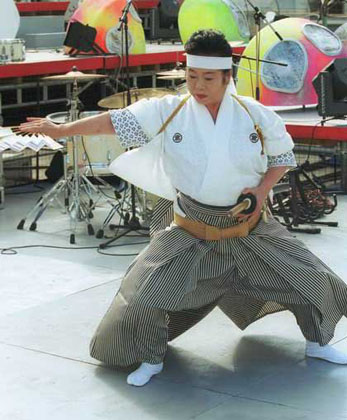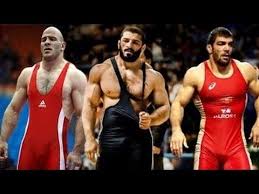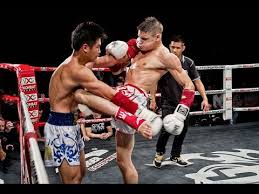FURTHER FORMATION OF THE FIGHT AS A SPORT. FROM THE FRENCH TO THE GREECE-ROMAN FIGHT
 Despite the fact that the church did not encourage sports, struggle for many centuries remained a favorite folk entertainment in many countries. The development of modern wrestling began in the late XVIII – early XIX centuries. France becomes the center of its development, where they were keen on wrestling both in villages and cities. It was in France that the traditions and principles of Greco-Roman wrestling were “reconstructed”, and the techniques used in various types of wrestling fights developed into a single system.Classical struggle as a style was formed in the middle of the 19th century. Competitions of wrestlers, causing great public interest, were held in traveling circuses, summer gardens and traditional places of festivities. Over time, the championships of individual cities began to be played, the national championship of France, later international competitions began to be held.
Despite the fact that the church did not encourage sports, struggle for many centuries remained a favorite folk entertainment in many countries. The development of modern wrestling began in the late XVIII – early XIX centuries. France becomes the center of its development, where they were keen on wrestling both in villages and cities. It was in France that the traditions and principles of Greco-Roman wrestling were “reconstructed”, and the techniques used in various types of wrestling fights developed into a single system.Classical struggle as a style was formed in the middle of the 19th century. Competitions of wrestlers, causing great public interest, were held in traveling circuses, summer gardens and traditional places of festivities. Over time, the championships of individual cities began to be played, the national championship of France, later international competitions began to be held.
In the 40s. XIX century in Paris, the first arenas appeared, which were professional wrestlers. The first rules for the competition of wrestlers were developed. Wrestlers from other countries come to France: Germany, Italy, Turkey, Russia, etc. to take part in competitions, as well as get acquainted with the organization and rules of wrestling tournaments. Very soon, the French struggle gained international recognition.
In 1896, it was included in the program of the first Olympic Games – under the name “Greco-Roman wrestling”, which was to give it an international character and emphasize the continuity of the sports traditions of antiquity. (In the 20th century, the French wrestling was called classical, in 1991 the name “Greco-Roman wrestling” was reintroduced into official use.) In the first Olympic Games, only five wrestlers competed in the only weight category: two Greeks, a German, a Hungarian and an Englishman. The victory was won by the German Karl Schumann. Since then – with the exception of the 1900 Olympics in Paris and the 1904th in St. Louis – Greco-Roman wrestling has invariably been included in the program of the Olympic Games.
In 1898, Vienna hosted the first European Greco-Roman wrestling championship. The World Championship was first played after the First World War – in 1921, and the World Cup – in 1956. Before World War II, classic wrestlers from Finland, Estonia, Sweden, Germany, Hungary and Turkey were more successful than others, and after the war – Germans, Poles, Finns and Hungarians. Over time, athletes from the USSR (now Russia and Ukraine) and Bulgaria entered the wrestling elite.




